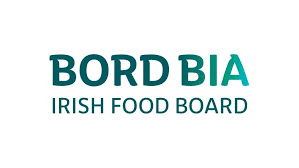Australia weekly wrap: Lamb indicators hit records
Australia weekly wrap: lamb indicators hit records; cattle yardings rise on processor competition
8 August 2025 — Australia | Australia cattle and sheep wrap: lamb price indicators hit record levels last week, while cattle prices firmed as northern and southern processors competed for stock, according to MLA.
Cattle
Yardings rose 16% to 59,390 head. Most indicators gained 7–20¢/kg lwt; feeder heifer 398¢, restocker heifer 394¢. Processor & Dairy Cow eased to 360–344¢/kg lwt as supply improved.
Sheep
All main lamb indicators set new records, including a Dubbo saleyard high of $477/head. Yardings climbed: lamb +16% to 174,971, mutton +27% to 81,969. Trade and Heavy Lamb pushed above 1,200¢/kg cwt.
Slaughter (w/e 1 Aug): Cattle 150,496 head (−5% w/w, still 8% above the 2025 weekly average). Lamb 357,832 (−3% w/w; ~20% below the YTD average due to plant shutdowns). Sheep 137,340 (+6% w/w).
The Australia cattle and sheep wrap points to tight finished lamb supply and strong bidding for prime cattle. Plant maintenance continues to skew weekly sheepmeat kills, complicating procurement.
Outlook
Watch processor competition for prime cattle, stabilising sheepmeat slaughter as shutdowns wind down, and new-season lamb flow.
Attribution: Meat & Livestock Australia — “Weekly cattle and sheep wrap,” 8 Aug 2025 (Erin Lukey).

